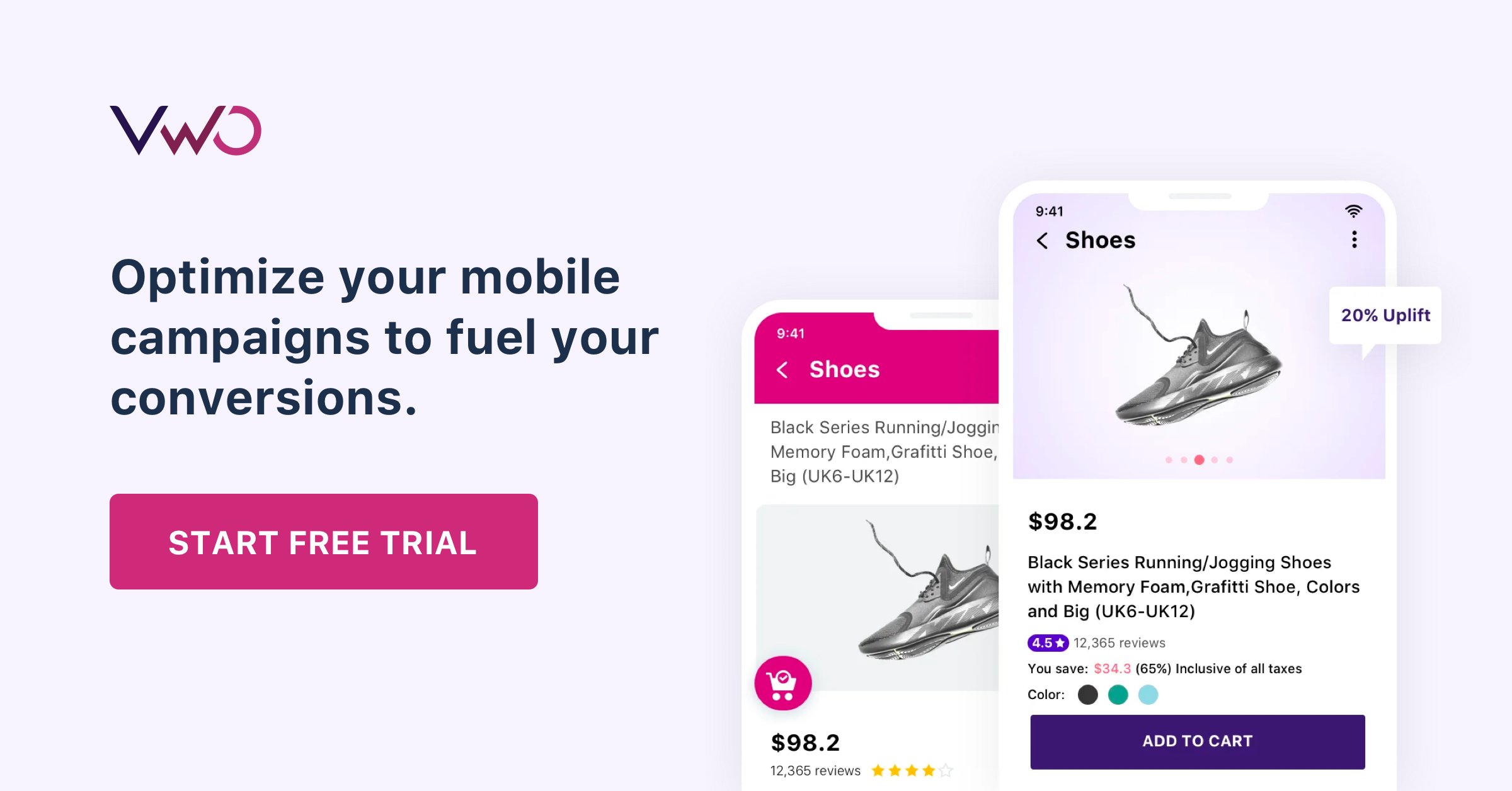Dominate Search Results with Next-Level Mobile Optimization Techniques
Dominate Search Results with Next-Level Mobile Optimization Techniques
Blog Article

The Ultimate Overview to Mobile Optimization: Methods for Enhancing Web Site Efficiency on Smartphones and Tablets
The strategies for boosting site efficiency on mobile systems go past plain adjustment; they encompass a comprehensive method that includes responsive layout, speed optimization, material methods, and user experience enhancements. By delving into the ins and outs of mobile optimization, businesses can not just fulfill customer assumptions but also remain in advance in a competitive electronic landscape.
Value of Mobile Optimization
Mobile optimization plays a pivotal role in enhancing individual experience and driving conversion prices in the ever-evolving digital landscape. With the enhancing usage of smartphones and tablets for surfing the internet, guaranteeing that web sites are optimized for smart phones has actually come to be important for organizations - Mobile Optimization. A mobile-optimized site not just adapts perfectly to different display dimensions yet also loads swiftly, offering users with a smooth and enjoyable searching experience
In today's fast-paced globe, customers expect instantaneous accessibility to info on the move. A website that is not maximized for mobile phones risks shedding potential consumers as a result of slow filling times or an inadequate interface. By purchasing mobile optimization, organizations can satisfy the demands of their mobile audience, resulting in higher involvement and enhanced conversions.
In addition, search engines like Google focus on mobile-friendly sites in their rankings, making mobile optimization crucial for improving presence and attracting natural website traffic. Mobile Optimization. In general, the value of mobile optimization can not be overstated, as it directly impacts individual satisfaction, conversion prices, and general company success in the electronic world
Responsive Style Methods
Applying receptive layout strategies makes certain that internet sites dynamically adjust their layout and web content based on the customer's tool screen dimension, giving a constant individual experience throughout numerous platforms. One of the most common approaches made use of in receptive layout is creating fluid grids that enable web content to resize proportionally to the screen size. This guarantees that aspects on the page preserve their family member spacing and arrangement, maximizing the viewing experience for customers on various gadgets.
In addition, making use of adaptable photos that can scale with the size of the viewport aids stop photos from being chopped or misshaped on smaller displays. CSS media questions play a crucial function in responsive design by allowing designers to apply certain designs based upon the tool qualities such as screen width, height, and alignment. By leveraging media inquiries, websites can adjust their design and layout to fit smartphones, tablets, and desktop screens seamlessly.
Integrating responsive design strategies not just boosts user experience yet additionally adds to boosted internet search engine rankings, as search engines like Google focus on mobile-friendly sites in their mobile search engine result. By welcoming responsive style, web sites can accommodate the diverse requirements of individuals accessing web content on a range of tools, eventually driving involvement and conversions.
Rate and Efficiency Optimization

One secret technique is optimizing images and multimedia content to reduce data sizes Read Full Report without endangering top quality. Compressing photos, leveraging modern-day image formats like WebP, and lazy packing offscreen photos work approaches to quicken load times (Mobile Optimization). Reducing HTTP requests, leveraging internet browser caching, and reducing web server response times are essential steps in improving performance.
Implementing a web content distribution network (CDN) can additionally considerably increase web site speed by distributing material throughout several servers worldwide, reducing latency for customers accessing the website from various areas. Prioritizing crucial above-the-fold web content and delaying non-essential manuscripts can additionally boost viewed efficiency. By concentrating on rate and efficiency optimization, websites can provide a seamless and rewarding user experience on smart phones.
Mobile-Friendly Web Content Strategies
To optimize material for mobile tools, it is important to focus on readability and involvement with tactical format and succinct messaging. Mobile-friendly web content techniques entail customizing the presentation of information to match the smaller sized screens and on-the-go nature of smart device and tablet individuals. One crucial element is to make certain that message is conveniently legible without the need for zooming in, utilizing font sizes that are legible on mobile screens. Additionally, separating content right into much shorter paragraphs and making use of bullet factors can assist enhance readability and make it much easier for individuals to take in info rapidly.
Incorporating interesting visuals, such as photos and videos optimized for mobile watching, can likewise enhance the total individual experience. These visuals ought to matter, high-quality, and lots swiftly to stop customers from wearying. In addition, incorporating interactive elements like tests, polls, or studies can increase customer interaction and encourage energetic participation.
Customer Experience Enhancements
Building on the structure of mobile-friendly material approaches, boosting user experience entails optimizing every touchpoint to guarantee seamless interaction and fulfillment for mobile customers. One critical facet of enhancing user experience on mobile devices is ensuring fast filling times.
Maximizing types for mobile users by minimizing the number of areas and making browse around this site use of auto-fill functions can also improve the total individual experience. By focusing on these user experience enhancements, websites can properly engage and retain mobile site visitors.
Conclusion
To conclude, mobile optimization is critical Web Site for improving site efficiency on mobile phones and tablet computers. By carrying out responsive style techniques, enhancing speed and efficiency, creating mobile-friendly material, and enhancing individual experience, businesses can successfully reach and engage with their mobile target market. It is vital for internet sites to adapt to the raising mobile usage fads in order to remain competitive in the electronic landscape.
Report this page